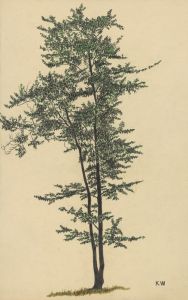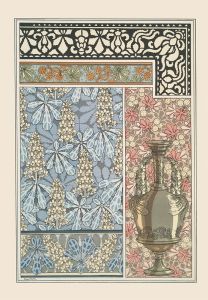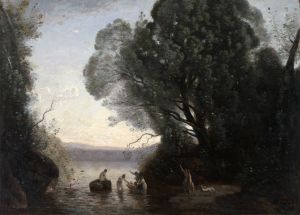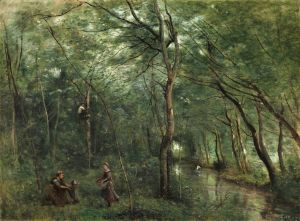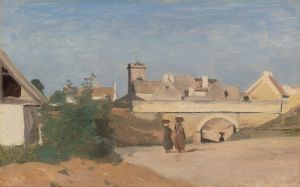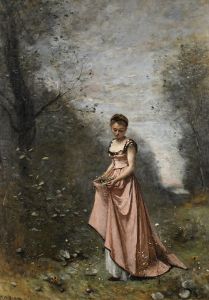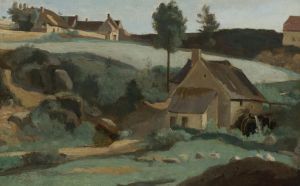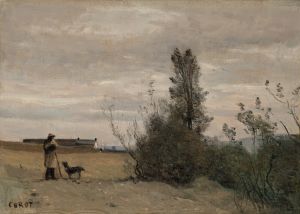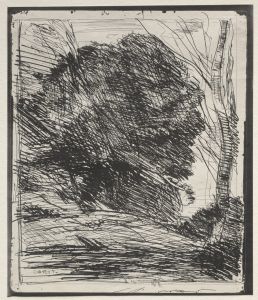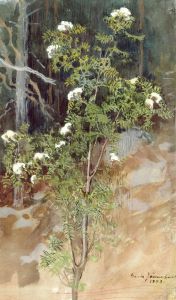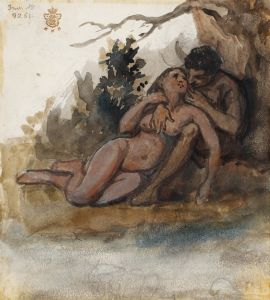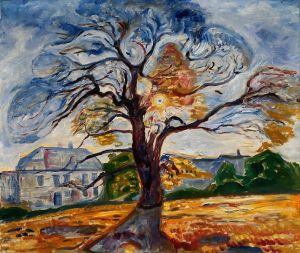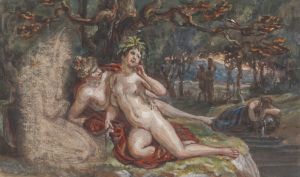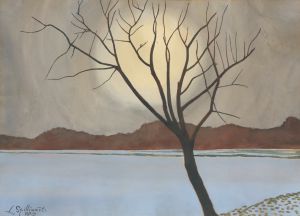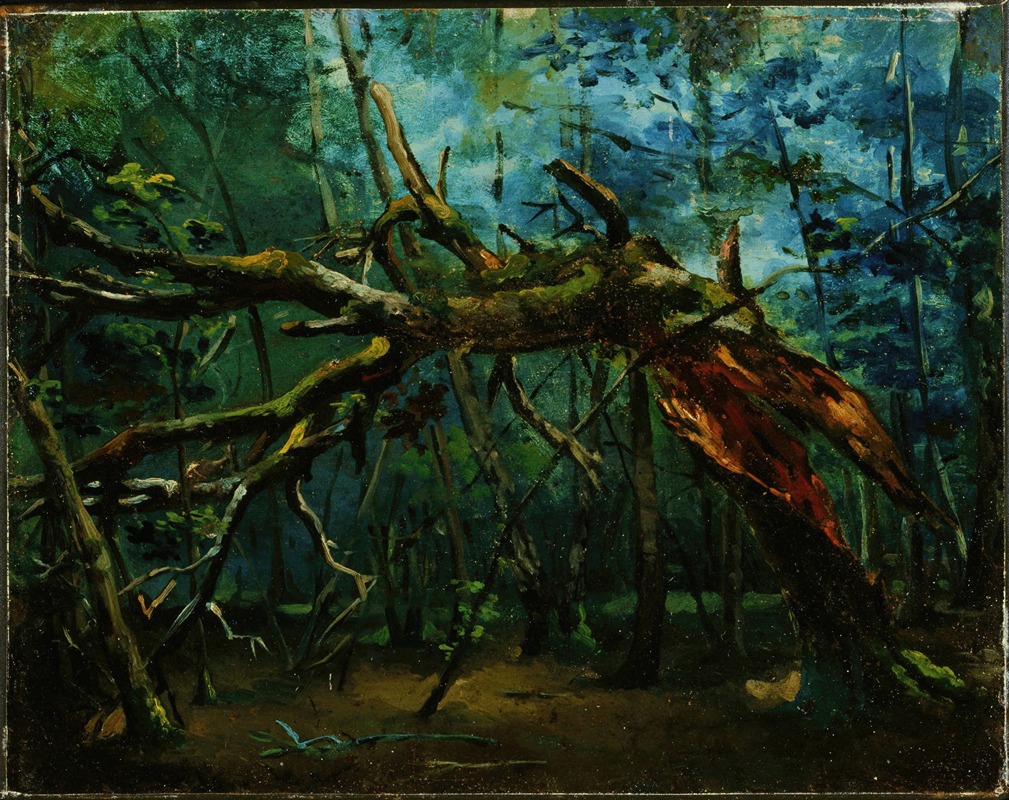
A Fallen Tree
A hand-painted replica of Jean-Baptiste-Camille Corot’s masterpiece A Fallen Tree, meticulously crafted by professional artists to capture the true essence of the original. Each piece is created with museum-quality canvas and rare mineral pigments, carefully painted by experienced artists with delicate brushstrokes and rich, layered colors to perfectly recreate the texture of the original artwork. Unlike machine-printed reproductions, this hand-painted version brings the painting to life, infused with the artist’s emotions and skill in every stroke. Whether for personal collection or home decoration, it instantly elevates the artistic atmosphere of any space.
Jean-Baptiste-Camille Corot was a pivotal figure in landscape painting during the 19th century, bridging the gap between the traditions of the Old Masters and the innovations of the Impressionists. One of his notable works is "A Fallen Tree," which exemplifies his approach to capturing the natural world with a sense of realism and atmospheric depth.
Corot was born in Paris in 1796 and began his artistic career relatively late, at the age of 26, after working in his family's textile business. He studied under Achille-Etna Michallon and Jean-Victor Bertin, who were both proponents of the neoclassical landscape style. However, Corot's work gradually evolved to incorporate a more naturalistic and personal interpretation of nature, which became a hallmark of his style.
"A Fallen Tree" is a testament to Corot's ability to convey the tranquility and subtle beauty of the natural environment. The painting depicts a serene landscape where a fallen tree becomes the focal point, surrounded by lush foliage and a gentle play of light and shadow. Corot's use of soft, muted colors and delicate brushwork creates a harmonious composition that invites viewers to contemplate the quietude of the scene.
Corot often painted en plein air, or outdoors, which allowed him to observe and capture the changing effects of light and atmosphere directly from nature. This practice was relatively innovative at the time and laid the groundwork for the later Impressionist movement. In "A Fallen Tree," Corot's attention to detail and his ability to render the textures of bark, leaves, and earth demonstrate his keen observational skills and his dedication to portraying the natural world with fidelity.
The painting also reflects Corot's interest in the interplay between man and nature. The fallen tree, a natural occurrence, suggests themes of decay and renewal, inviting viewers to reflect on the cycles of life and the passage of time. This thematic depth is characteristic of Corot's work, which often transcends mere representation to evoke a deeper emotional response.
Corot's influence extended beyond his own time, as he became a mentor and inspiration to many younger artists who would later form the Impressionist movement. His emphasis on capturing the transient effects of light and atmosphere, as well as his commitment to painting from nature, resonated with artists such as Claude Monet and Camille Pissarro.
Throughout his career, Corot received numerous accolades and his work was exhibited widely, earning him a reputation as one of the leading landscape painters of his era. "A Fallen Tree" is just one example of his extensive oeuvre, which includes a variety of landscapes, portraits, and figure studies. His legacy is preserved in major art collections around the world, and his paintings continue to be celebrated for their poetic beauty and technical mastery.
In summary, "A Fallen Tree" by Jean-Baptiste-Camille Corot is a quintessential example of the artist's ability to capture the serene and contemplative aspects of nature. Through his innovative techniques and profound understanding of the natural world, Corot left an indelible mark on the history of art, influencing generations of artists and shaping the course of modern landscape painting.





